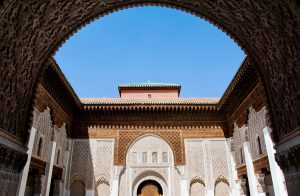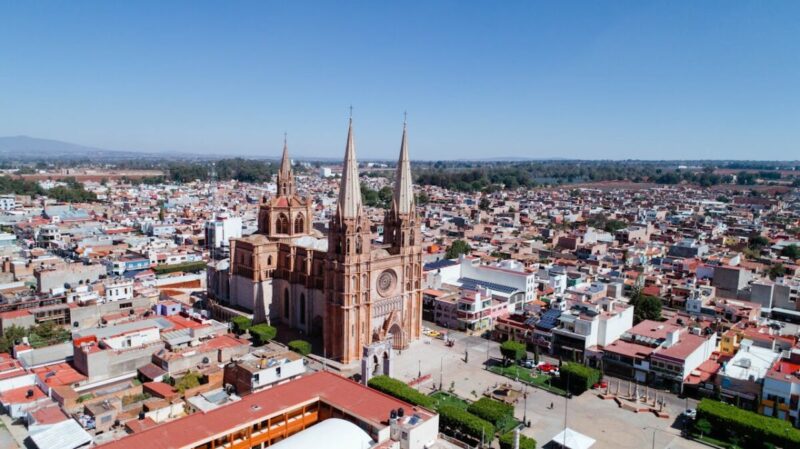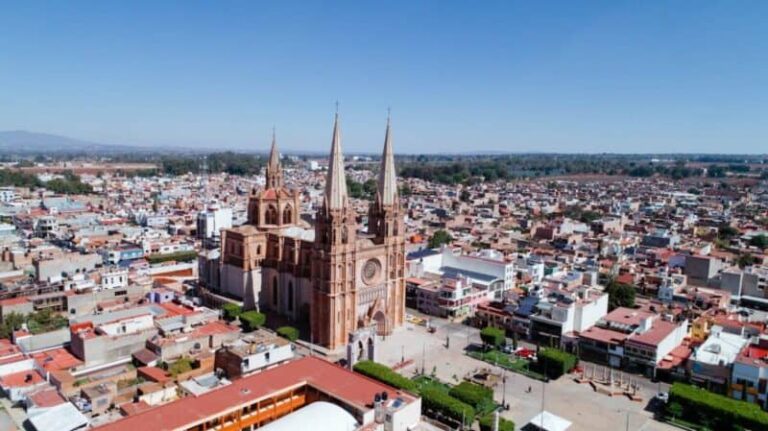Saint Philip Neri 16th C. Italian Priest
Saint Philip Neri was born on July 22, 1515, and died on May 26, 1595. He was an Italian Catholic priest who founded the Congregation of the Oratory, a society of clergy dedicated to pastoral care and charity. Saint Philip Neri is sometimes referred to as the “Second Apostle of Rome” after Saint Peter, and sometimes as the “Third Apostle of Rome”, after Saint Peter and Saint Paul. Saint Philip Neri’s mission emphasised holiness and direct service to others, particularly the education of youngsters and care for the poor and sick. His work played a significant role in the Counter-Reformation, especially within the city of Rome. Do you think you can live up to his lofty standard?
Saint Philip Neri Biography
Saint Philip Neri was a nobleman in the service of the state. He was carefully brought up and received his early teaching from the friars at San Marco, the famous Dominican monastery in Florence. When he was 18, in 1533, he was sent to his uncle with the hope that Philip might inherit the uncle’s fortune. Saint Philip Neri did gain his Uncle’s confidence and affection, but during his stay, he also had a religious conversion. Philip no longer cared for the things of this world. In 1533, he left San Germano to live in Rome.

Congregation of the Oratory
In 1551, Saint Philip Neri received holy orders and was ordained a priest on May 23. He thought of going to India as a missionary, but was dissuaded by his friends who saw that there was a lot of work to be done in Rome. He and some companions settled down at the Hospital of San Girolamo della Carità. In 1556, he founded the Congregation of the Oratory. There were prayers, hymns, and readings from Scripture, the church fathers, followed by some religious questions proposed for consideration. The musical selections (settings of scenes from sacred history) were called oratorios.
In 1564, the Florentines requested that Philip leave San Girolamo to oversee their newly built church in Rome. As the community grew and its mission work extended, the need for a church became clear. The small parish church of Santa Maria in Vallicella, conveniently situated in the middle of Rome, was offered and accepted. The building was not large enough for their purpose, and was demolished, and a splendid church was erected on the site. It became their new location, under the permission of a papal bull released July 15, 1575, a community of secular priests, called the Congregation of the Oratory.
The new church was consecrated early in 1577, and the clergy of the new society was placed under the control of San Giovanni dei Fiorentini; Saint Philip Neri himself did not leave San Girolamo until 1583, because the Pope told him to, as the superior, should live at the chief house of his parish. He did not want accolades, so he was uncomfortable living at the chief house.
Although Philip refrained from becoming involved in political matters, he broke this rule in 1593–1595 when he persuaded Pope Clement VIII to revoke the excommunication pronounced against Henry IV of France and the refusal to receive his ambassador, even though the king had formally renounced Calvinism. Saint Philip Neri saw that the pope’s attitude was more than likely to drive King Henry to rekindle the civil war in France, and directed Caesar Baronius, a member of the Oratory who was then the pope’s confessor, to refuse the pope’s absolution and to resign the office of confessor unless the pope ended the excommunication.
Saint Philip Neri died around the end of the day on May 25, 1595, the Feast of Corpus Christi that year, after having spent the day hearing confessions and receiving visitors. Neri was beatified by Paul V in 1615 and canonised by Pope Gregory XV in 1622. An altar dedicated to Saint Philip Neri at Brompton Oratory in London, containing a wax effigy of the saint, which is a little creepy.
Conclusion
Saint Philip Neri was noteworthy because the organization he founded still exists. The Congregation of the Oratory is a pontifical society of apostolic life of Catholic priests and lay brothers who live together in a community bound together but without formal vows. They are commonly referred to as Oratorians (Oratorian Fathers). Oratorians commit themselves to membership in a particular, independent, self-governing local community (an Oratory, usually named for the place in which it is located). In some locations, the local Oratory has been designated to administer a particular parish; others may be tasked with campus ministry.







